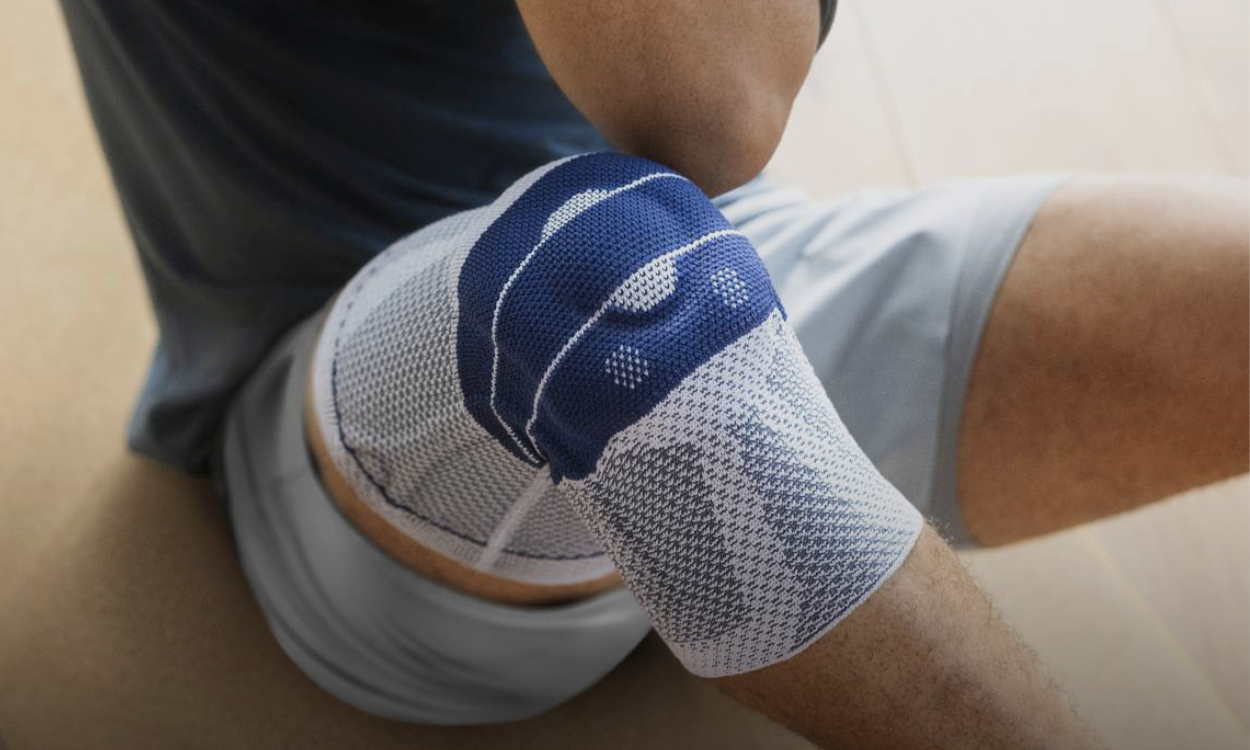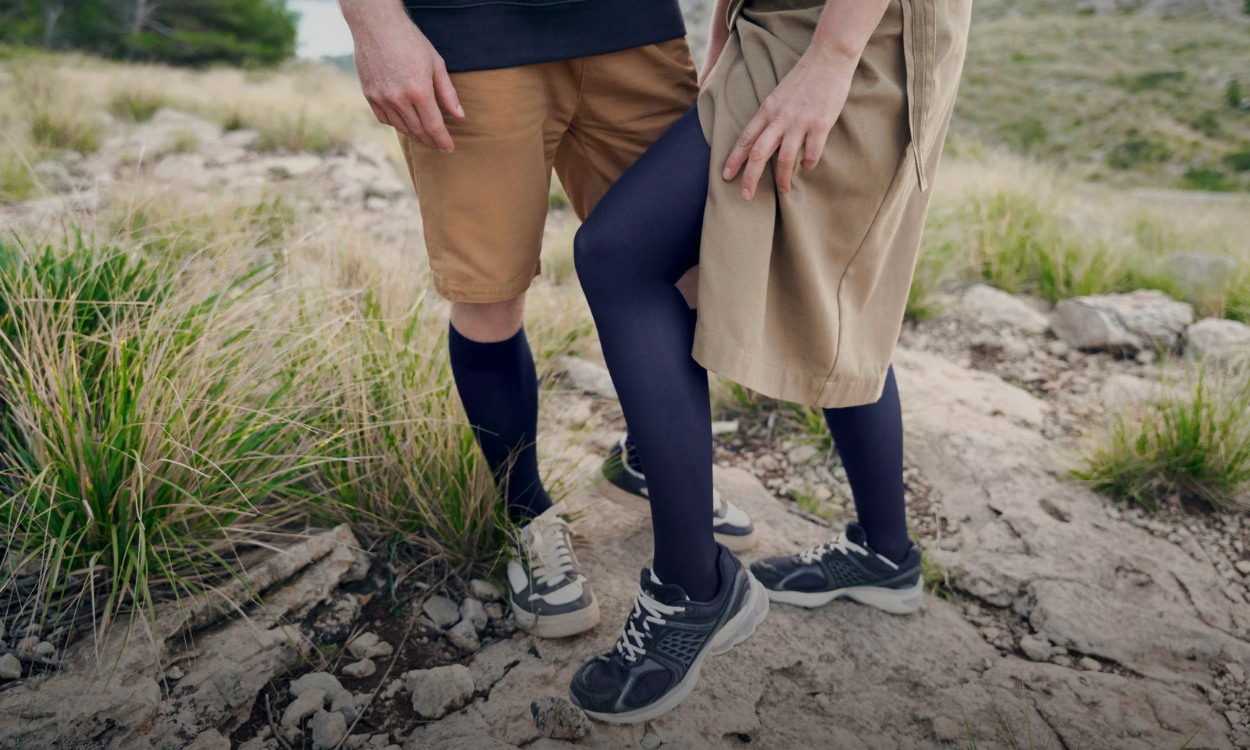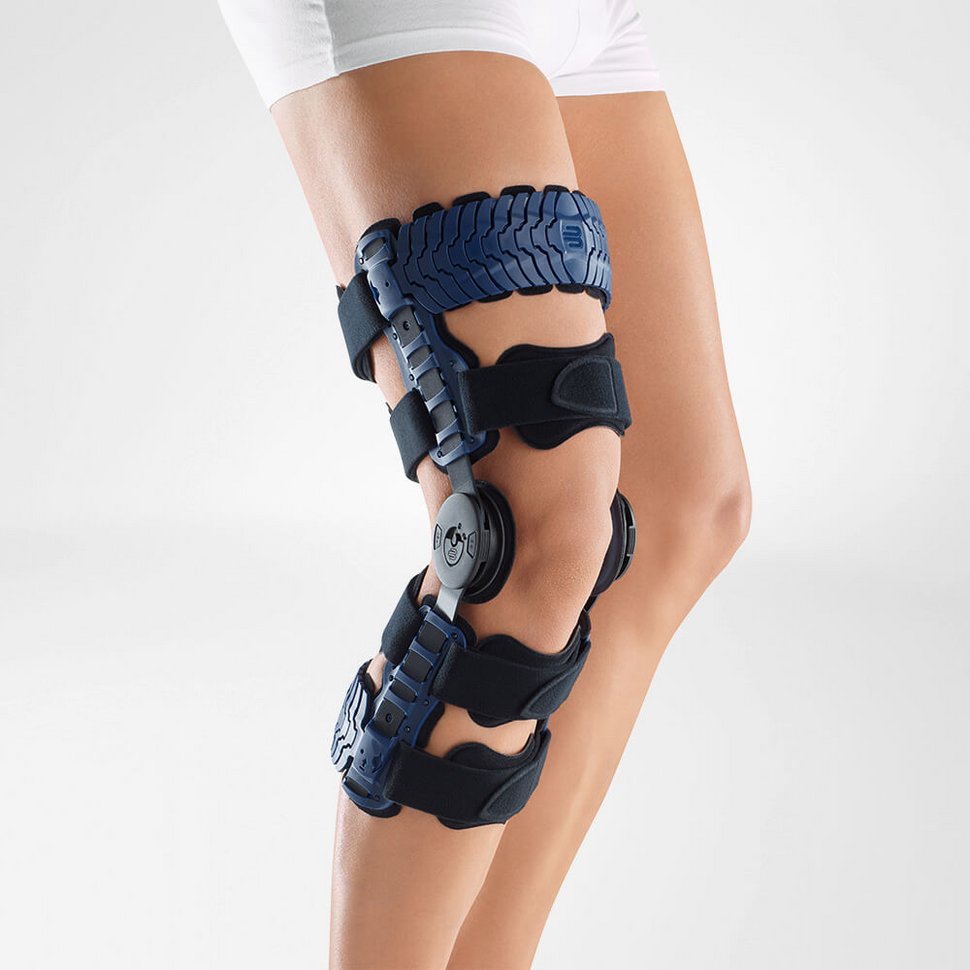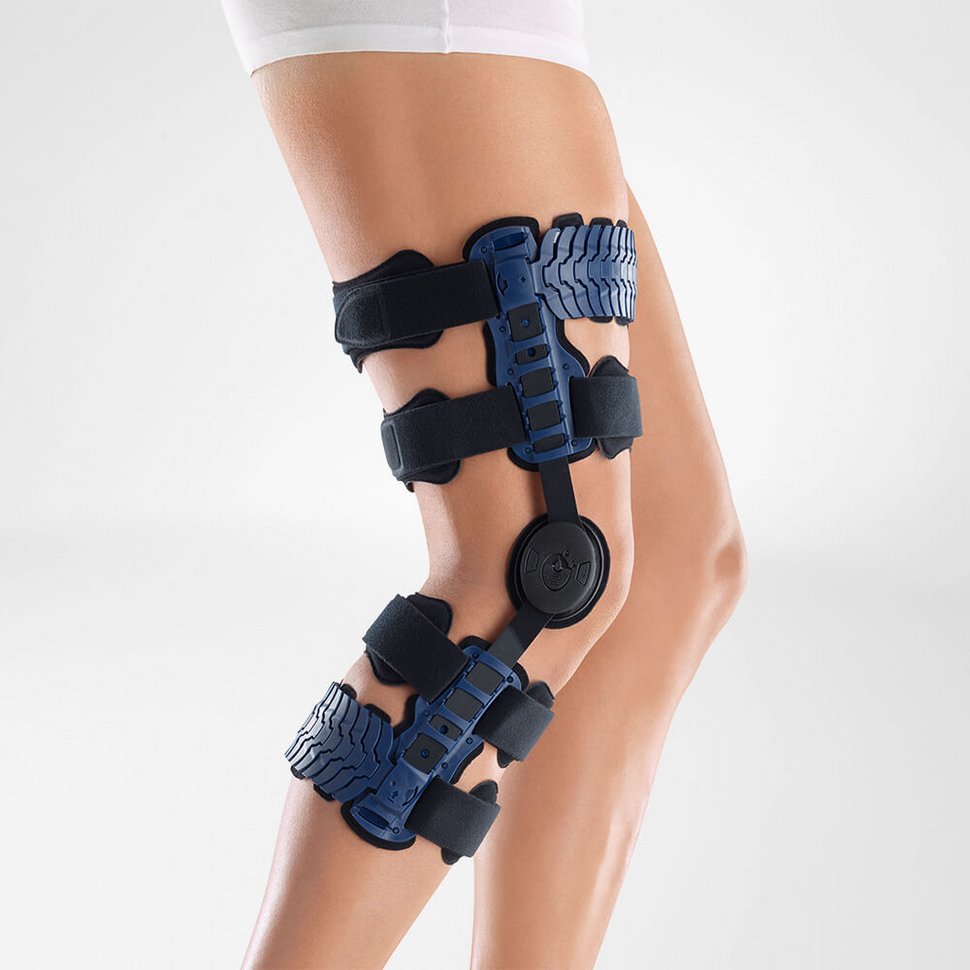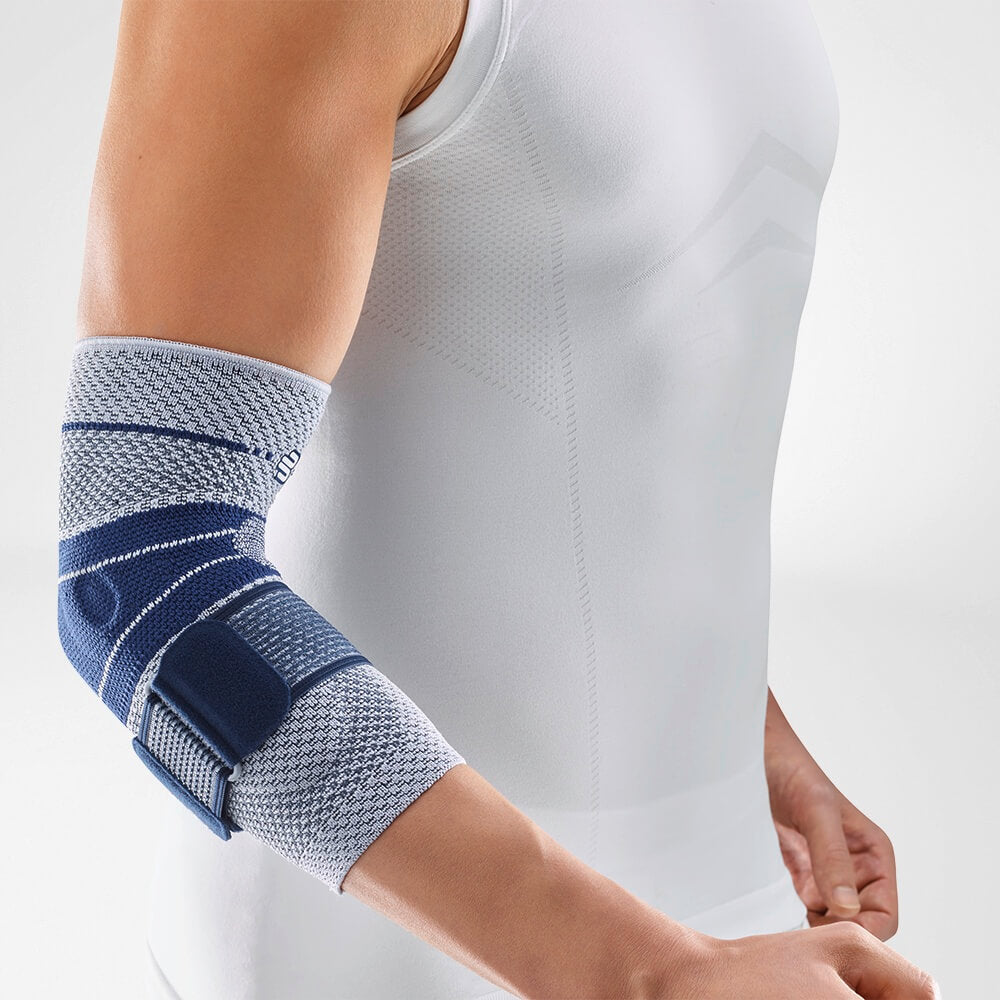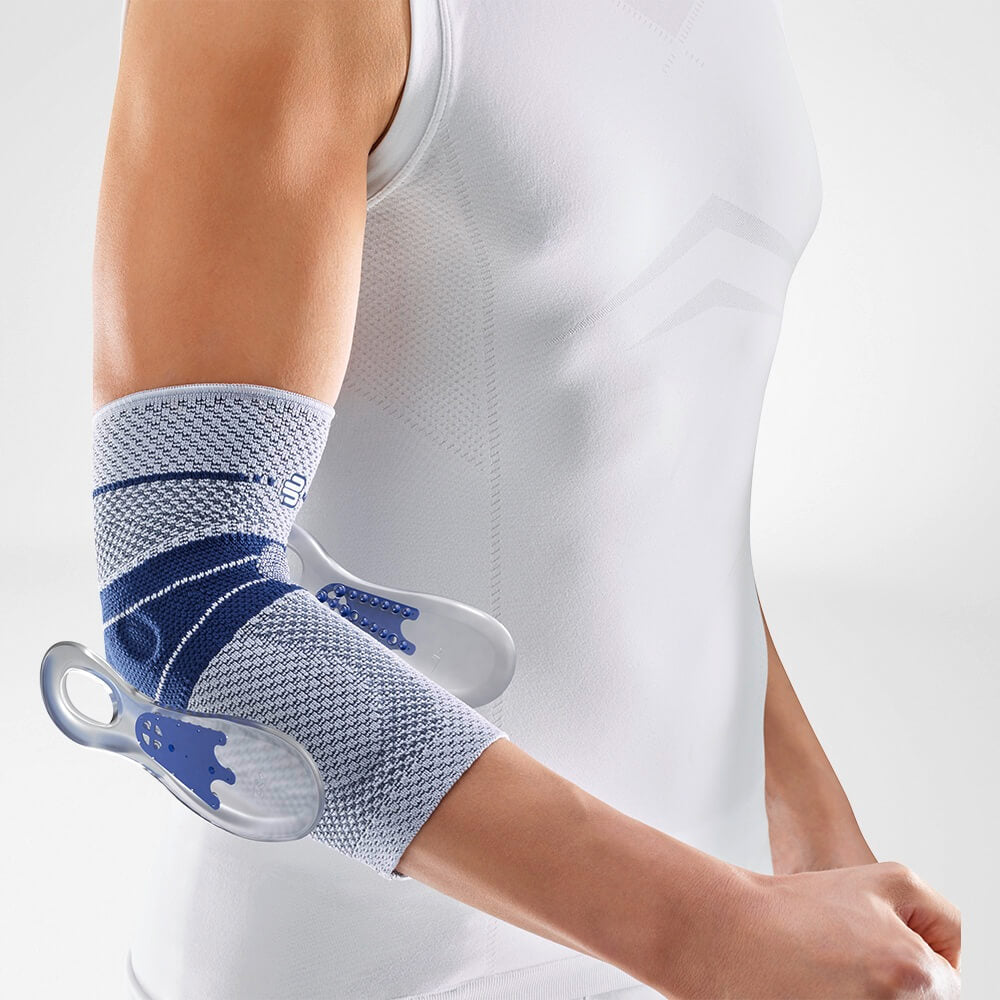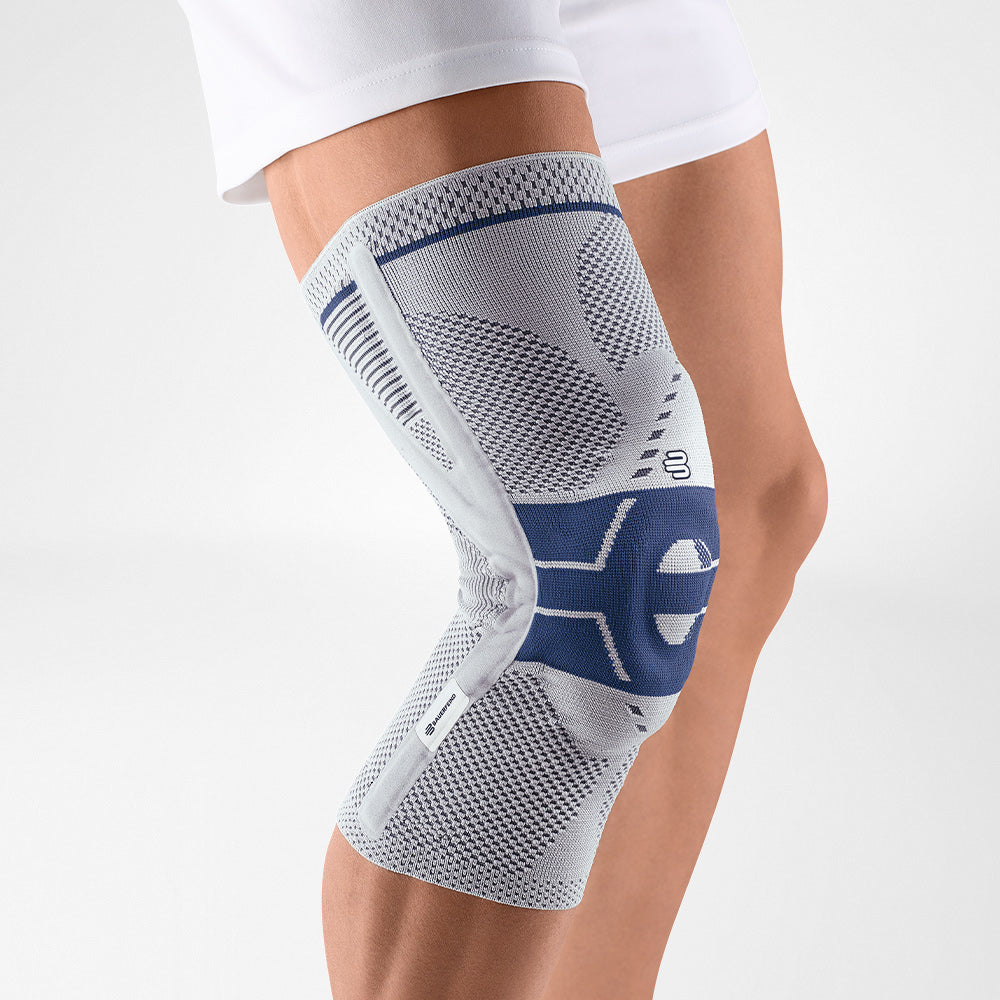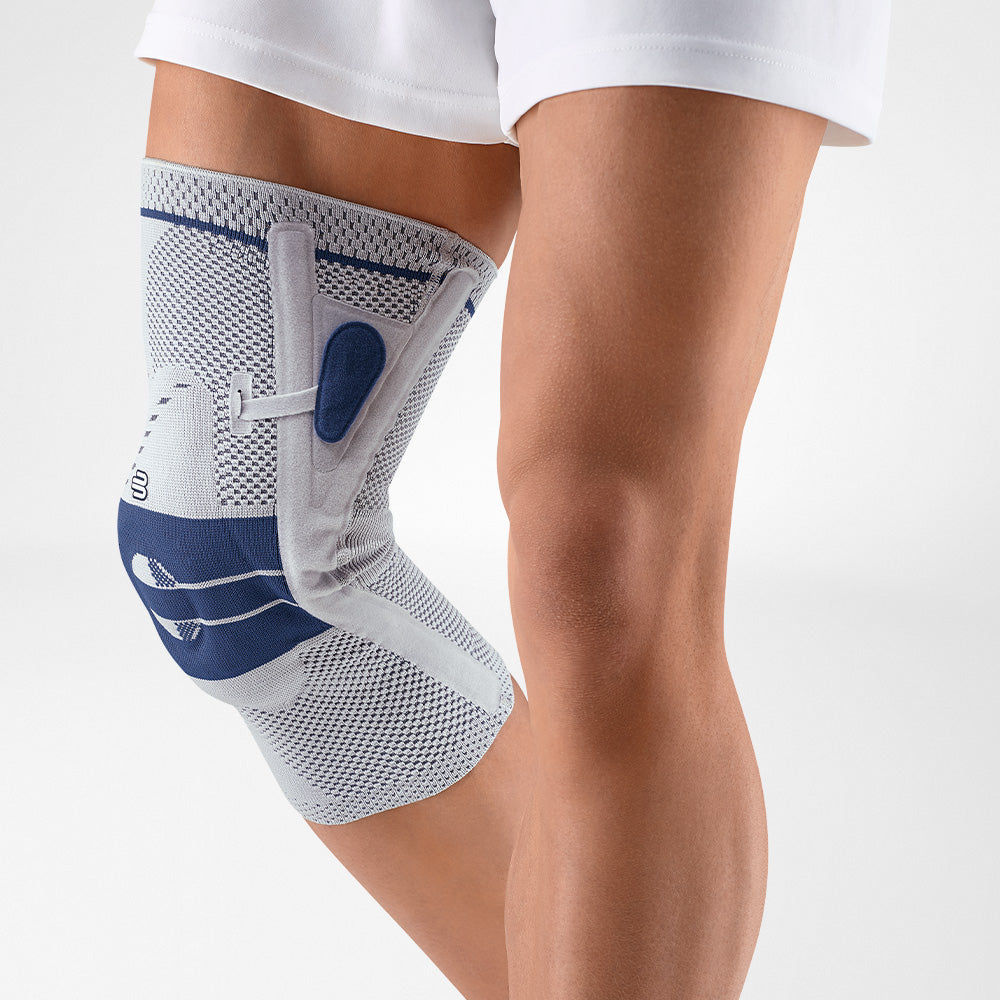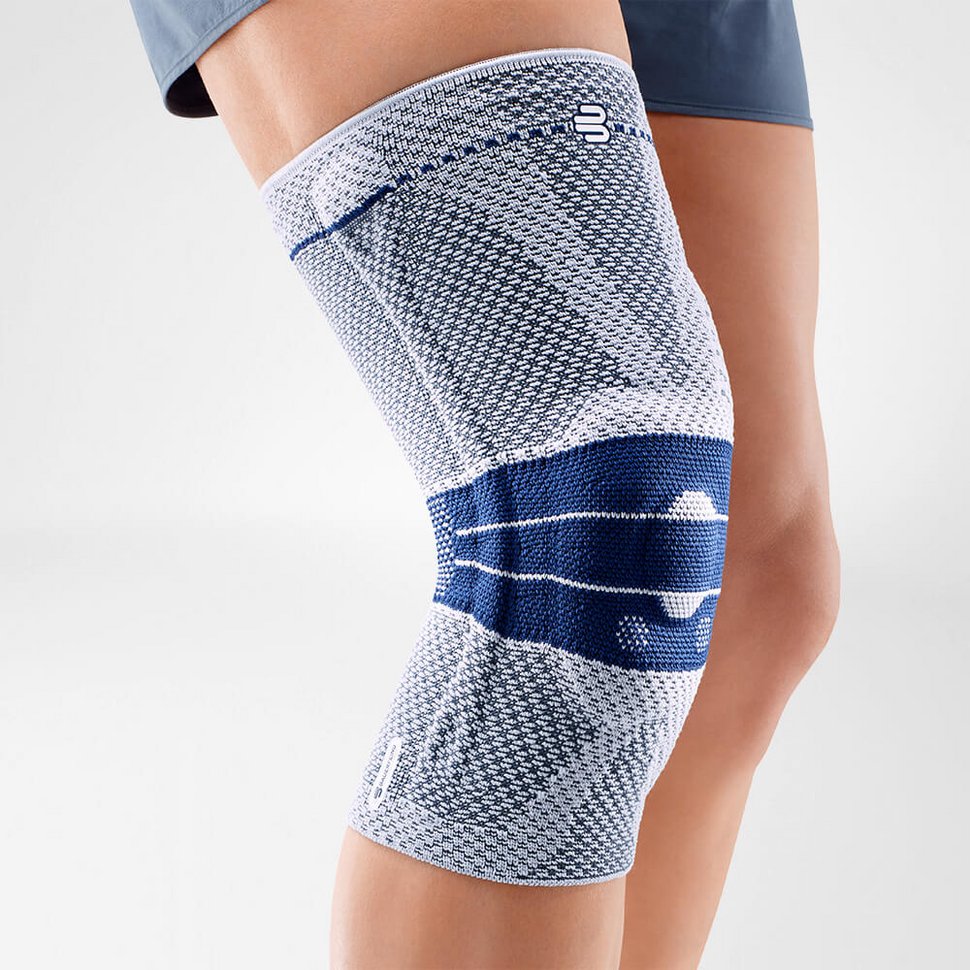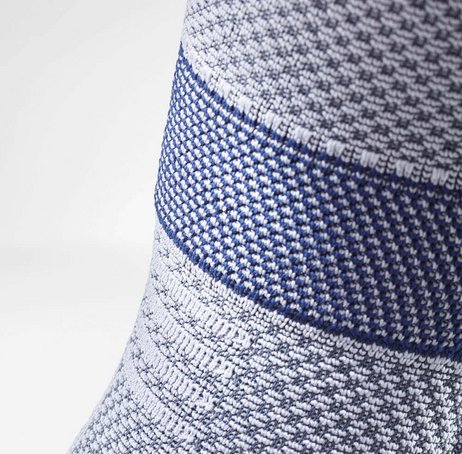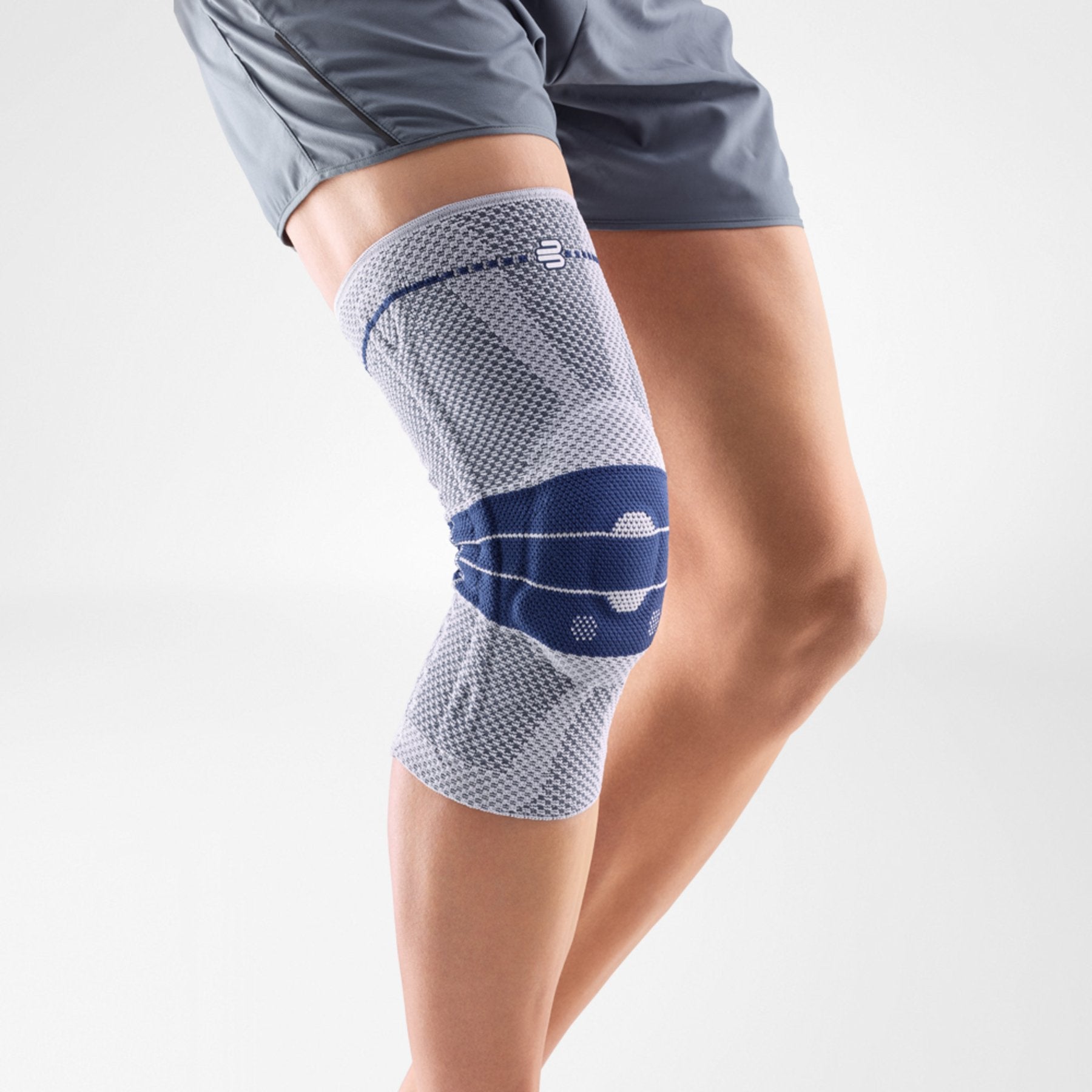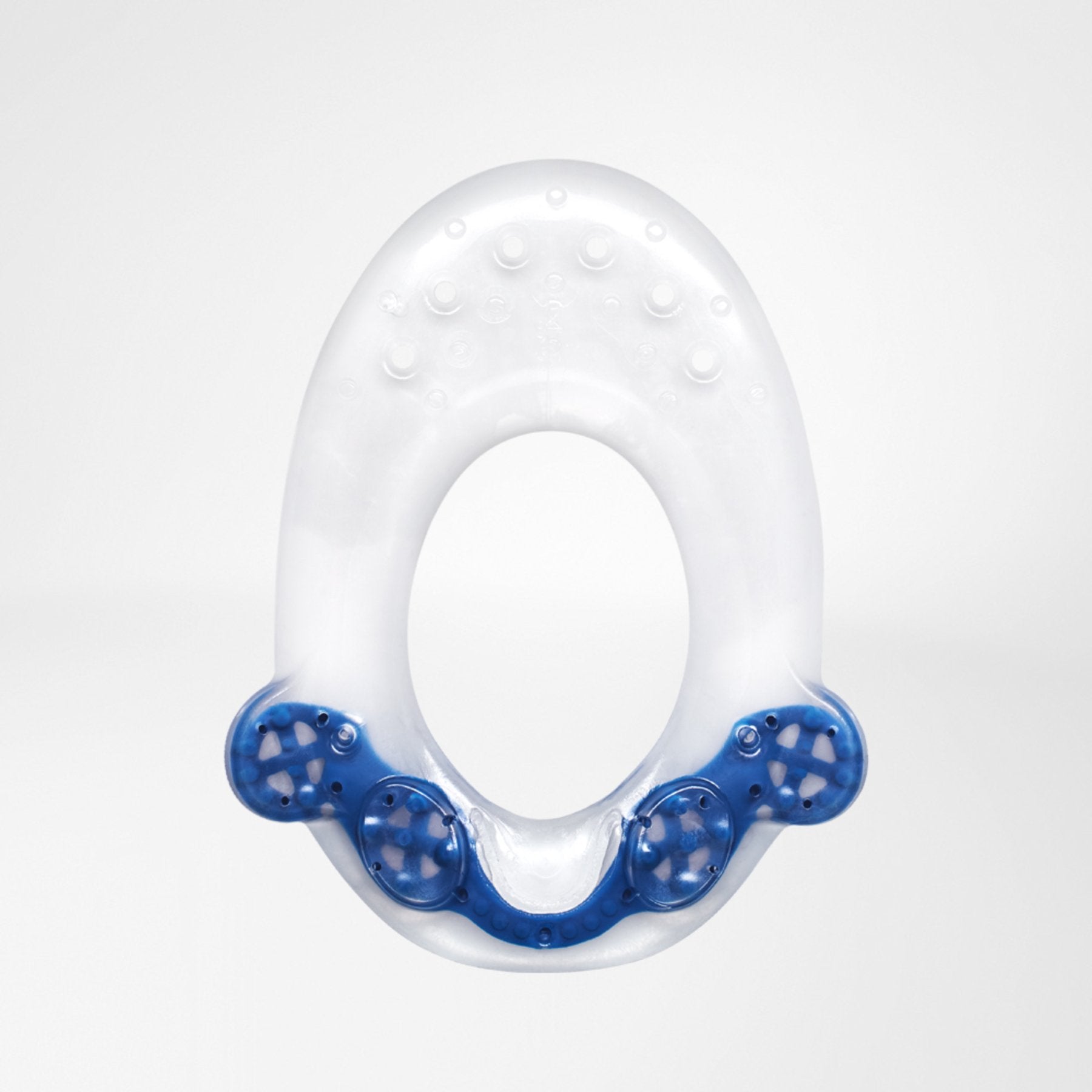Do you have poor posture and suffer from a sore upper back? While being a very common back condition, hyperkyphosis can greatly impact a person’s health and their functions of daily life. With the right therapeutic interventions and medical braces however, irreversible damage can be minimized or avoided.
Causes of hyperkyphosis
Hyperkyphosis is a term used to describe an increase in the outward curvature of the upper spine. It may stem from genetics or occur as a result of daily lifestyle. Lack of exercise and spinal defects commonly cause a curved back, but it may also develop from poor posture due to weak spinal muscles, a constant slouched position at work, or obesity.
Causes of Dowager's hump
A Dowager’s hump is a common presentation, especially in older people who are suffering from Osteoporosis. Osteoporosis, a common condition in older women, leads to loss in bone mass, which can result in fractures in the spinal vertebras. These fractures create a wedged formation of the vertebrae, which produces the humped shape in the upper back. A fall or other physical trauma may also lead to an increased curvature of the spine. Importantly, if the hump is caused due to osteoporotic fractures, treatment must be sought immediately to prevent the risk of additional fractures and further deterioration.
Symptoms of hyperkyphosis
A hyperkyphotic spine can commonly give symptoms of discomfort. Spinal mobility can be greatly limited, making standing or sitting up with correct posture very uncomfortable.
Back pain can affect the sufferer in the area of the curvature or, in more severe cases, can radiate into the arms or legs.
The increased curve of the back can reduce the space available for the internal organs, which can affect their function. For example, a rounded spine can limit the chest’s capacity to expand, causing breathing problems, or can limit the available space for the internal organs, creating digestive or cardiovascular issues.
Additionally, hyperkyphosis may also affect a person’s self-confidence due to the appearance of the condition, with the possibility of developing varying levels of depressive disorders.
Treatment of hyperkyphosis
Initially, hyperkyphosis of the spine should be treated with conservative therapies. Chiropractic or physiotherapy treatments and rehabilitative exercises help in strengthening the back muscles and help in straighting the spine. Breathing exercises can help to increase chest expansion and reduce shortness of breath by promoting an effective pattern of breathing.
Medical supports can be effective for treatment, especially in pronounced cases of hyperkyphosis. Professional advice on strategies to improve positions and movement patterns in daily activities is important to reduce their impact on the spine and to ensure full quality of life.
If the results of conservative therapy are not successful, a surgical option may be considered to avoid permanent impairment to the spine and nerves. Spinal surgery does come with many related risks and side effects, however, so it is only opted for when absolutely necessary.
Prevention of hyperkyphosis
Hyperkyphosis is brought on predominantly by a lack of physical activity and postural faults. Therefore, regular exercise and learning to maintain the right postures during work and other everyday activity are very important in preventing the development of hyperkyphosis. Breathing exercises for improved chest expansion and relaxation techniques to reduce joint and muscle tension can also be helpful.
Orthoses for treatment of Hyperkyphosis and Dowager's hump
Specialized medical supports can be very useful as a treatment aid for hyperkyphosis, osteoporosis and vertebral body fractures associated with a Dowager’s hump.
Bauerfeind’s DorsoTrain orthosis actively supports the spine and aids to straighten the upper body. The plastic splints integrated in the back piece help in stabilizing the spine without restricting the wearer’s range of movement. Produced from a breathable fabric, it is designed for maximal all-day wearing comfort. The DorsoTrain is an ideal aid to prevent a hyperkyphotic spine.

The Spinova Osteo is recommended for anyone who has a mild Dowager’s hump with a single wedged vertebra caused by an osteoporotic fracture. The orthosis actively stabilises the spine while still allowing for mobility of the back. An aluminium bar provides support and encourages a straighter spine while a form-fitting pelvic bandage stimulates and engages the back muscles for a more upright posture.

The SofTec Dorso is helpful to those with a prominent Dowager’s hump due to several osteoporotic fractures. It provides maximal spinal support and works to counteract any rotational movements to promote a straighter spine. The orthosis is easy to put on, and with its flexible and breathable material, it provides high wearing comfort.


